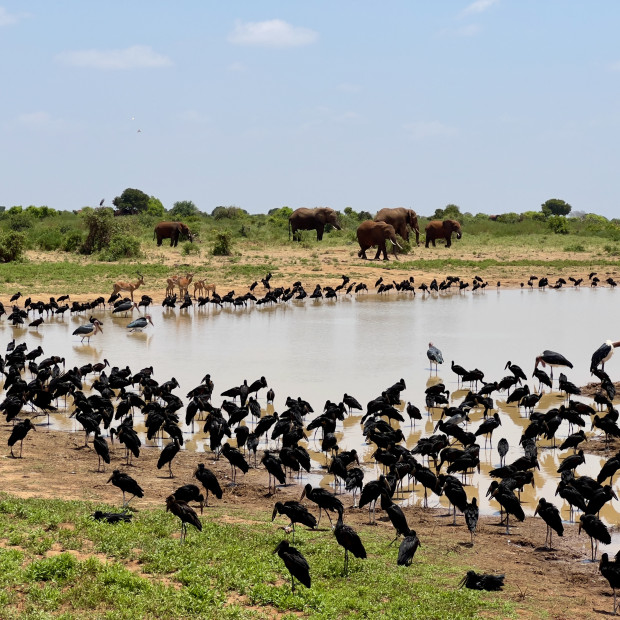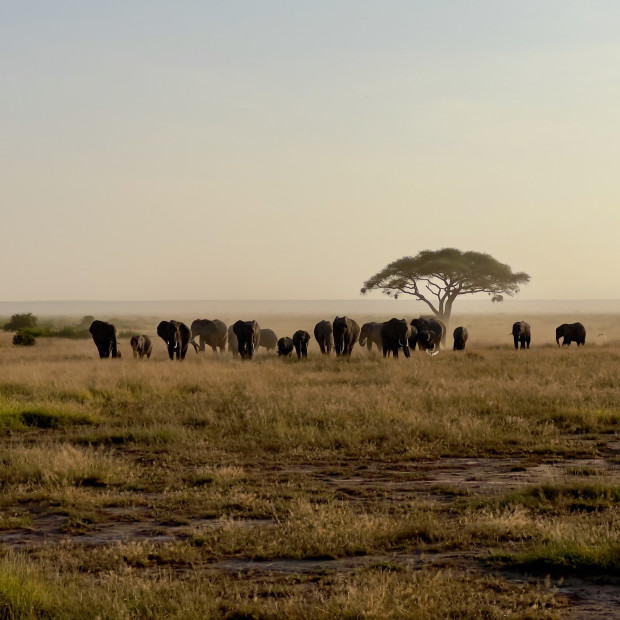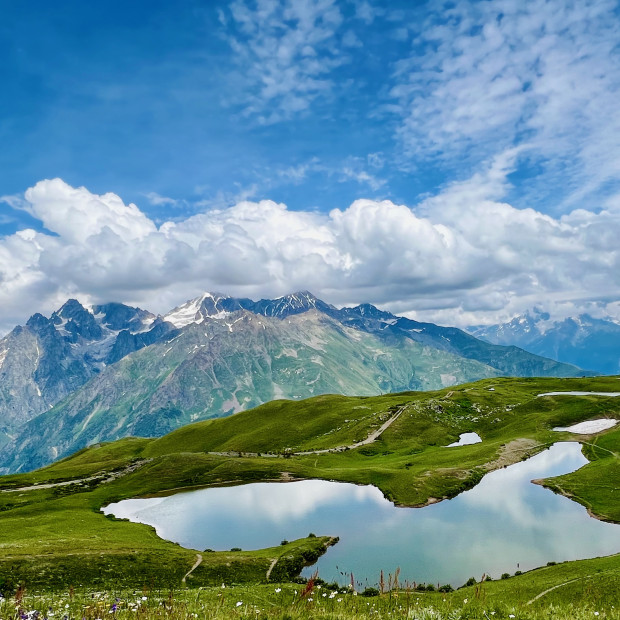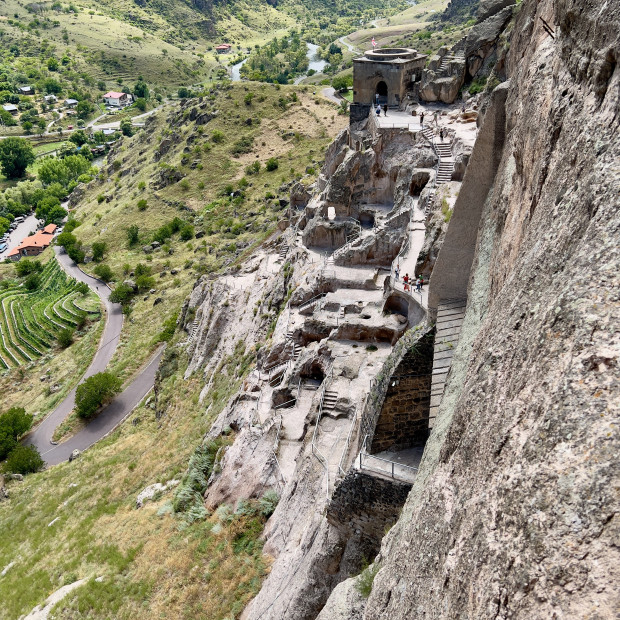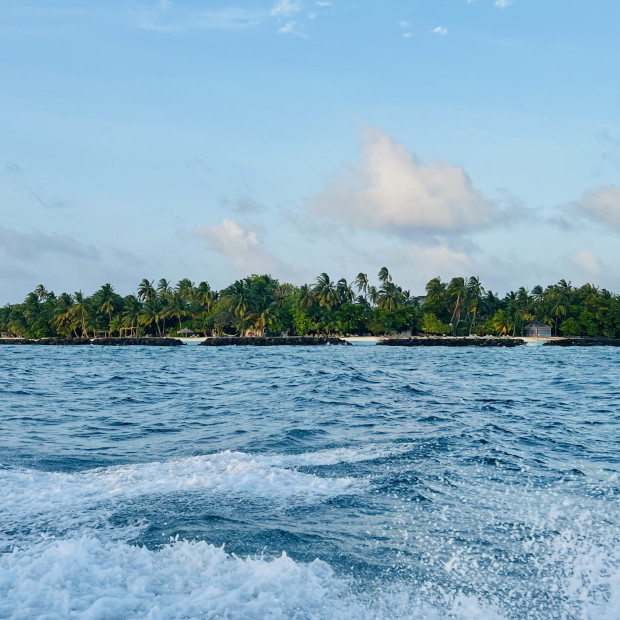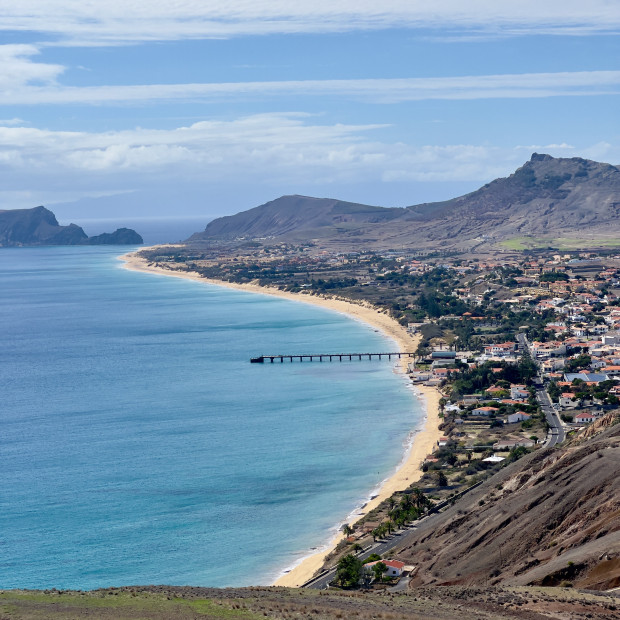About this place
Amboseli National Park: Where Elephants Roam Beneath Kilimanjaro
Amboseli National Park, situated in the Rift Valley Province of southern Kenya, offers one of Africa's most distinctive wildlife viewing experiences. Covering approximately 392 square kilometers, the park is defined by its expansive views of Mount Kilimanjaro and its significant elephant population that has made it famous worldwide.
The park's name comes from the Maasai word "Empusel," meaning "salty, dusty place," an apt description of its terrain during dry seasons. This landscape transforms dramatically throughout the year, alternating between dusty plains during drought periods and lush, green wetlands after rains. The varied ecosystem includes swamps fed by underground water from Kilimanjaro's melting snow, acacia woodlands, grasslands, and seasonal lake beds.
Amboseli's elephant population is among the most well-documented in the world. Approximately 1,600 elephants move through the greater Amboseli ecosystem, with family herds led by matriarchs whose knowledge of water sources and migration routes is crucial for group survival. These elephants possess some of the largest tusks remaining in East Africa, partly due to decades of protection from poaching within the park's boundaries.
The juxtaposition of these massive mammals against the backdrop of Kilimanjaro creates an iconic African image. From Observation Hill, a volcanic outcrop within the park, visitors can witness elephants traversing the plains with Africa's highest mountain rising 5,895 meters in the background. This vantage point is particularly spectacular at sunrise and sunset when the mountain's snow-capped peak glows in golden light.
Beyond elephants, Amboseli supports diverse wildlife including buffalo, impala, zebra, wildebeest, hippo, and more than 400 bird species. Predators such as lions, cheetahs, and hyenas also inhabit the park, though in smaller numbers compared to other Kenyan reserves.
The park operates within a complex ecosystem that extends beyond its boundaries. Many animals, particularly elephants, follow traditional migration corridors that connect Amboseli to adjacent areas in both Kenya and Tanzania. Conservation efforts increasingly focus on preserving these wildlife corridors that allow animals to move seasonally in response to changing water and food availability.
Visitors to Amboseli often report that the combination of close elephant encounters against the backdrop of Kilimanjaro creates a profound sense of Africa's natural grandeur. The best viewing conditions typically occur during the early morning hours when the mountain is most likely to be visible before clouds gather around its peak, and when wildlife is most active near water sources.
Numerous research projects continue in Amboseli, with findings contributing significantly to scientific understanding of elephant behavior, communication, and social structures. This research has revealed sophisticated family bonds, complex communication methods, and remarkable intelligence among these highly social mammals.
The future of Amboseli's elephant population remains intertwined with conservation efforts, climate change impacts on Kilimanjaro's glaciers, and the park's ability to maintain its ecological integrity amid increasing human pressures on surrounding lands.

